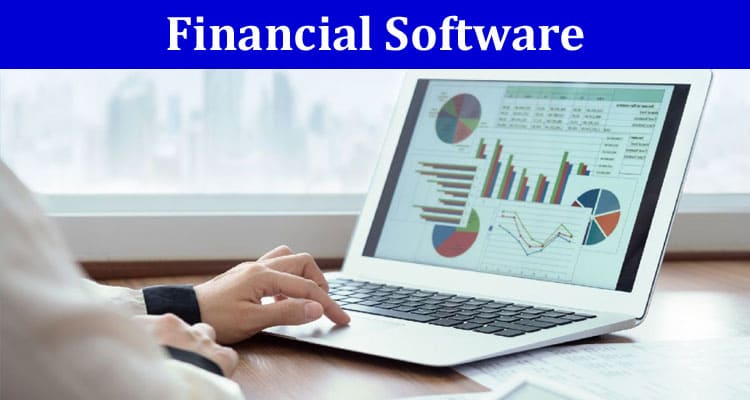Financial software is a broad term that includes various software applications for accounting, accounts payable and receivable, spreadsheets, and financial planning. Some key features of finance software include: Automatic processing means less manual labor for finance teams, which can reduce errors and increase productivity. Lower operational costs are sure to impact your bottom line positively!
Fund Management
Fund management is the oversight and handling of financial assets. It looks at how the maturation schedules of deposits match the demand for loans and also considers the value of intangible assets like intellectual property and goodwill. The goal is to maximize the profits that are earned from each investment. This software helps managers to monitor and analyze their investments with greater efficiency. It combines multiple data points into one report to simplify the process and allows users to see how any given portfolio performs regarding returns, risk, and diversification. Advanced technology can also improve data analytics by leveraging AI and machine learning. These tools ingest volumes of information to find trends and patterns that humans often miss.
Financial software can also help small businesses keep their money safe and ensure that they are making the right decisions for their finances. These tools can track taxes, handle payroll, and manage other business expenses. They can even help develop a budget and identify any shortfalls that must be addressed. Modern financial software can help companies save time and effort by reducing the number of manual processes involved. It can automate many tasks to help employees focus on higher-level strategies for growth. In addition, it can improve financial processes and guarantee compliance with existing laws and guidelines. Modifying these solutions to align with the company’s new rules and policies takes effort.
Expense Tracking
Expense tracking is an essential function of financial software that helps businesses manage costs. It reduces the time spent on manually submitting expenses and automates invoice approvals. It also tracks inventory and provides notifications if stock is running low. Additionally, it monitors employee spending and keeps a digital audit trail for compliance purposes. This feature is helpful for small and large businesses alike. Expense tracker apps often have features such as reporting and analytics that can assist users in comprehending their spending habits and pinpointing ways to save money. They can also support multiple currencies and offer cloud sync to ensure data is accessible at all times. Some apps also have a customizable approval process to align with organizational hierarchies.
In addition to helping employees submit expense reports quickly and accurately, some expense tracking apps can prevent fraud. They use artificial intelligence to analyze spending habits and predict future purchases. They can also alert managers if an expense claim seems suspicious, which helps decrease fraud cases and costly errors.
Expense management software makes administrative tasks less burdensome for employees and allows them to focus more time on core business functions. It combines payment cards, employee tools, and expense reporting and management in one convenient app that can be used on any device. Some solutions are free and can provide cash back on purchases. Some projects are more intricate and may call for a bigger budget for execution.
General Ledger
A general ledger (GL) provides an overview of all financial transactions within a company. The GL is the central repository for all accounting data and records all transaction details, including a source code, date, description, and debit or credit amount. The GL is usually divided into major categories: assets, liabilities, owner’s equity, revenues and expenses, or gains and losses. The GL is essential for preparing accurate financial statements. The GL relies on double-entry accounting, where every transaction must credit one account and debit another. Using the GL, accountants can compare credits to debits in a trial balance and ensure all accounts are balanced. The GL also supports budget tracking and reporting. General ledger software reduces manual effort in all GL maintenance stages, from financial transaction aggregation and structured recording to reconciliation and generating financial statements. An effective GL solution can simplify various tasks and enable users to import data from other business systems effortlessly. A GL system can be configured to match the specific needs of a company’s accounting environment. For example, a non-profit should track funds and grants separately from general revenue streams. A GL system should support this by offering a customizable chart of accounts and by allowing account filters. It allows accountants only to see the information they need, reducing the likelihood of errors in entering or processing accounting data.
Financial Reporting
Financial reporting is how businesses communicate financial data to external and internal stakeholders. The latter include regulatory agencies, current and potential shareholders, investors, and lenders. Internally, it helps management analyze operations and measure key performance indicators (KPIs). Integrated financial reporting software is a must-have for businesses of any size. It automates processes and eliminates erroneous data entry, allowing resources to be redeployed for analysis and action. In addition, it minimizes the possibility of human mistakes and saves time by automating manual tasks.
When choosing an online accounting software, look for one that offers comprehensible reports and customizable dashboards. The system should also translate information into charts and graphs, making it easier for decision-makers to understand what’s happening. When searching for systems, ensure they can add columns to standard reports, adjust widths, and save customized reports for future use. Other features that may be useful for businesses of any size include the ability to categorize expenses, invoices, and payments; and to track revenue from different sources. It’s also essential to look for a system that supports multiple currencies and languages and the option to export data. Finally, choosing a system that integrates with popular business tools and is scalable for future growth is essential.


